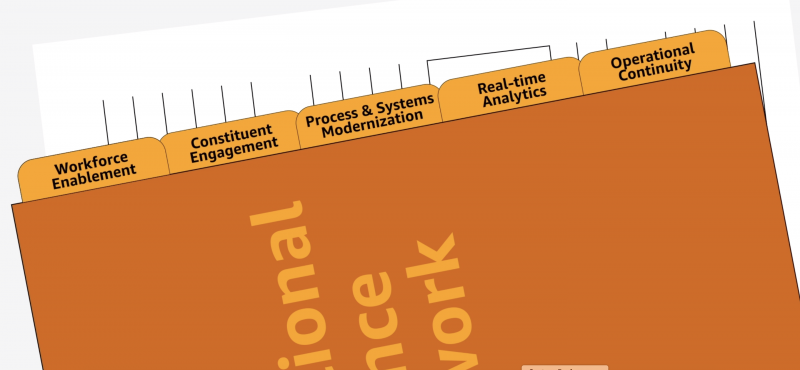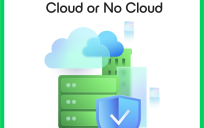Natural disasters, global pandemics and other emergencies can derail agencies’ operations. Additionally, many organizations tend to jump from crisis to crisis, applying Band-Aid fixes, without taking a systematic approach to building resilience.
The problem is, Band-Aid fixes don’t ensure the continuity of operations and services. What’s needed is a plan or framework for organizational resilience that addresses cultural and operational best practices. This helps maintain business continuity during emergencies and optimizes costs over the long term.
With its plan in place, an organization has a greater chance of overcoming a range of disaster scenarios and getting back to normal operations more quickly, as well as providing better customer service overall. The plan also serves as a roadmap for general organizational health. A lot of the resiliency strategy is built off of the operations framework.
Let’s talk briefly about what we mean by a framework for resilience. From an operations perspective, the framework addresses the five pillars of business resiliency:
- Workforce enablement
- Constituent engagement
- Process and systems modernization
- Real-time analytics
- Operational continuity
Workforce Enablement
Every organization that serves mission-critical functions has a need for workforce enablement with a focus on service delivery. Think of FEMA and state and local government services. Distributed workforces need pretty much the same equipment that’s used in the office, only geared for mobility. That means laptops and tablets, cloud-based software, mobile phone apps and headsets, to name a few.
The beauty of investing in cloud-based software, when possible, is that it provides a seamless transition for employees to work where they need. In the cloud suite, productivity tools provide the nuts and bolts for getting work done and meeting service delivery demands. Meanwhile, collaboration and video conferencing tools keep people on the same page. Employees can typically access cloud platforms from any device.
Constituent Engagement
Today, reaching constituents means streamlining the engagement processes and using a variety of channels, such as websites, emails, texts, social media and phone calls. And that means we look again to the cloud.
Agencies should look for communications solutions that:
- Scale to handle peak usage,
- Offer pay-as-you-go subscriptions,
- Incorporate modern engagement features such as chatbots and voice-enabled devices like Alexa, and
- Make real-time and pre-built dashboards available for leaders and managers to spot patterns and trends.
Process and Systems Modernization
Process and systems modernization is the third technology pillar. Several government agencies are operating with legacy and outdated hardware and software. Therefore, agencies should actively assess their infrastructures and prioritize modernization and upgrades.
There are a lot of considerations, such as whether a system is mission-critical and/or customer-facing, where it’s located, when it was last upgraded and so on. Outdated or poorly performing applications can amplify issues during a crisis and hinder operations at any time. Plus there’s the security risk of outdated infrastructure in general. In addition, hardware and software can be so old that they exceed their expected operational lifespan and are no longer supported by the vendor. That means no updates or patches, many of which serve to maintain secure operations.
Real-Time Analytics
Leaders need to make real-time and data-informed decisions. Spur-of-the-moment decisions, like those made during a disaster or crisis, benefit greatly from a data-driven approach. But how do you do that with outdated equipment? Often, you can’t.
Handling huge data sets requires a robust analytics software platform and lots of processing power and storage. The platform should be able to work with raw data, and data in different formats, like text files, videos and emails. Be sure the platform can handle usage spikes, and support easy-to-understand dashboards. The data should also be backed up continuously.
Operational Continuity
The last of the five technology pillars is operational continuity. With this pillar, you assess your business and IT processes and resources to determine which are essential. For the people part, build in redundancy by assigning some positions to back up others and cross-train them.
This article is an excerpt from GovLoop Academy’s recent course, “Building Resilience Into Your Agency,” created in partnership with AWS. Access the full course here.






Leave a Reply
You must be logged in to post a comment.